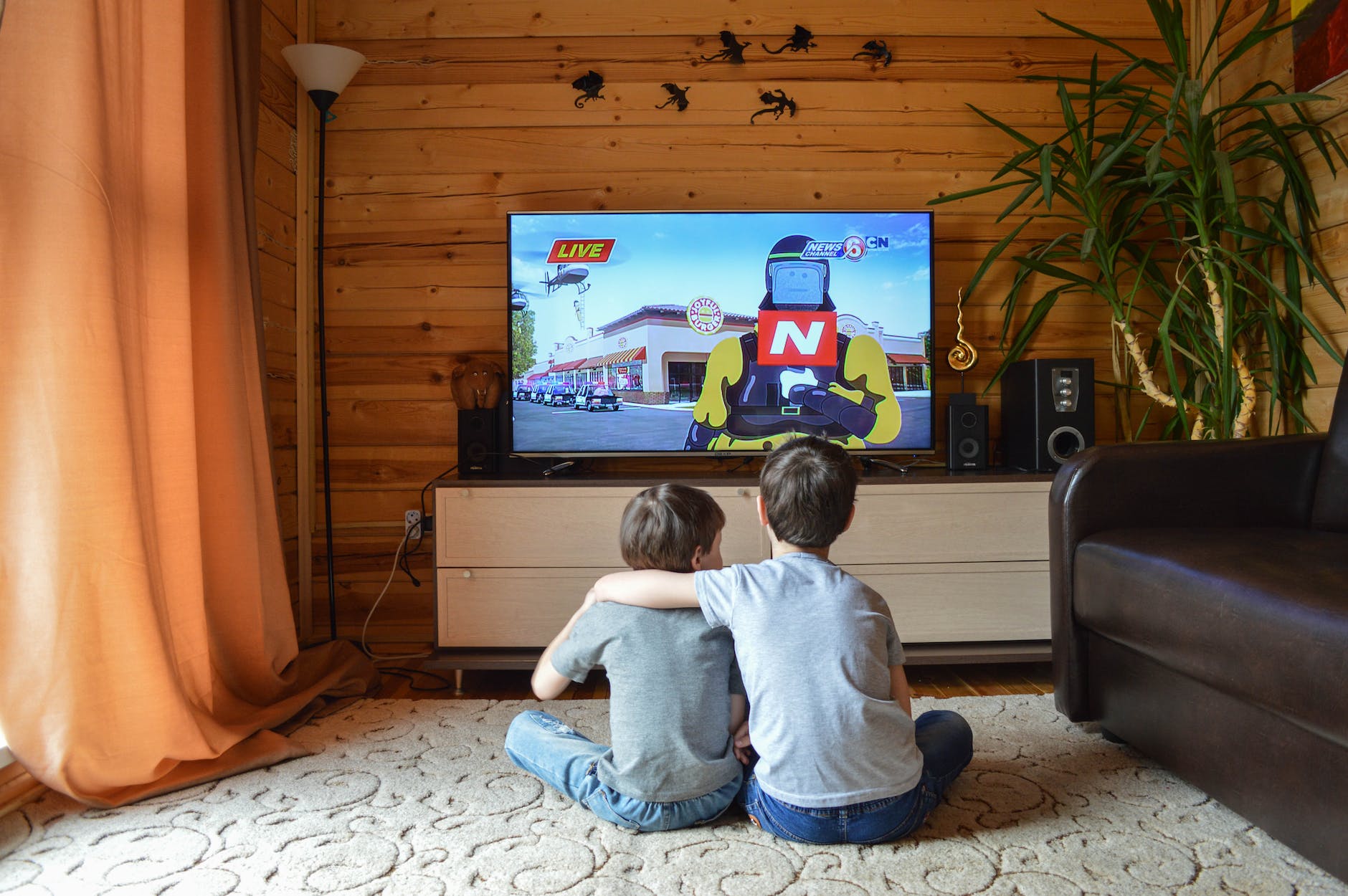Table of Contents
Introduction:
In recent years, concerns about the impact of excessive screen time on children’s development have grown, with a particular focus on the emergence of a phenomenon known as “Virtual Autism.” This term refers to a condition believed to occur when young children, especially those under the age of three, are exposed to prolonged and intense screen time, leading to symptoms resembling autism. This blog post delves into the correlation between TV addiction, exposure to cartoon characters, and the potential induction of “Virtual Autism” in children.
The Sreyansh Case:
The story of Sreyansh, a five-year-old boy, highlights the risks associated with excessive screen time. Sreyansh’s parents, unaware of the consequences, allowed him extensive access to cartoons on their smartphones. The unintended result was speech impairment, illustrating how younger children with personal devices connected to the internet are vulnerable to digital addiction. In extreme cases, this addiction can lead to self-harm and psychotic behavior.
Autism Vs Virtual Autism
Autism is a neurodevelopmental condition characterized by differences in social interaction, communication, and behavior. It is a spectrum disorder, meaning that it can manifest in a wide range of ways and severity levels.
On the other hand, the term “Virtual Autism” is used to describe a set of symptoms resembling autism that is believed to occur in young children exposed to excessive screen time, particularly under the age of three. It’s important to note that “Virtual Autism” is not officially recognized as a clinical diagnosis within the field of psychology or psychiatry.
GET 20% OFF ON ALL HOSTING PLANS!
Unlock 20% Off on All Hosting Plans with Hostinger!
The concern with excessive screen time and its potential impact on child development is centered around the idea that prolonged exposure to screens, especially during critical developmental periods, may interfere with the typical social and cognitive development of a child. This can lead to symptoms that mimic certain aspects of autism, such as speech and language delays, difficulty with social interactions, and behavioral challenges.
However, it’s crucial to distinguish between these concepts. Autism is a complex, lifelong neurodevelopmental condition with a strong genetic component, while “Virtual Autism” is a term used colloquially to draw attention to observed behavioral and developmental challenges associated with excessive screen exposure in young children. Both topics warrant careful consideration and research to better understand their implications and effects on child development.
The Importance of In-Person Interactions in Learning:
Human learning, especially in early childhood, is best facilitated through in-person, face-to-face interactions. Child psychologist Jeanne Williams emphasizes the significance of “serve and return” interactions, where children communicate signals, and parents respond, creating a reciprocal exchange that supports language and communication development. Such interactions also help children learn emotional control and interpret non-verbal emotional cues.
The Impact of Screen Time on Parent-Child Interactions:
Researchers at Boston University School of Medicine found that distractions caused by devices during family interactions, such as meals, resulted in 20% less conversation and 39% fewer non-verbal interactions between parents and children. The interruption of these vital interactions can hinder a child’s emotional and social development.
Understanding Virtual Autism:
Virtual Autism is a condition believed to arise when young children are exposed to excessive screen time, particularly under the age of three. It manifests as symptoms resembling autism, impacting behavioral and developmental aspects.

Causes of Virtual Autism:
Several factors contribute to the development of Virtual Autism in toddlers, including:
- Excessive screen exposure to smartphones, tablets, computers, and television.
- Insufficient opportunities for face-to-face interactions.
- Reduced engagement in physical play and outdoor activities.
- Unhealthy technology habits modeled by parents or caregivers.
Symptoms of Virtual Autism:
Recognizing the symptoms of Virtual Autism is crucial for early intervention. These may include excessive restlessness, difficulty concentrating, a strong preference for virtual activities, speech and language impairments, irritability, and unpredictable behavior.
Treatment Strategies:
Preventing or mitigating the potential risks associated with “Virtual Autism” involves creating a balanced and healthy environment for a child’s development. Here are some strategies to consider:
Limit Screen Time:
- Set age-appropriate guidelines for screen usage.
- Encourage alternative activities such as outdoor play, reading, and creative play.
Encourage Face-to-Face Interaction:
- Prioritize in-person interactions with family members, peers, and caregivers.
- Foster “serve and return” interactions, where the child communicates signals, and adults respond.
Promote Outdoor Activities:
- Allow the child to explore nature and engage in physical play.
- Outdoor activities provide sensory experiences and contribute to overall development.
Group Play Activities:
- Encourage group play with peers, fostering social skills and cooperation.
- Group activities can also provide a structured and supervised environment for play.
Quality Time with Parents:
- Allocate dedicated time for meaningful interactions with parents.
- Engage in activities like bedtime stories, playing together, and cooking together.
Educate Parents and Caregivers:
- Raise awareness about the potential risks of excessive screen time.
- Provide information on the importance of in-person interactions for healthy development.
Model Healthy Technology Habits:
- Parents and caregivers should model balanced technology use.
- Demonstrate a healthy relationship with screens by prioritizing in-person interactions.
Create a Nurturing Environment:
- Ensure the child’s environment is safe, stimulating, and conducive to cognitive, emotional, and physical growth.
- Provide a variety of age-appropriate toys and activities.
Monitor Content:
- Be aware of the content the child is exposed to on screens.
- Choose educational and age-appropriate content, and monitor viewing habits.
Seek Professional Guidance:
- If concerns arise about a child’s development, seek advice from healthcare professionals or developmental specialists.
- Early intervention can make a significant difference in addressing potential challenges.
By implementing these strategies, parents and caregivers can create an environment that fosters healthy development, reduces the risks associated with excessive screen time, and supports a child’s overall well-being. It’s important to strike a balance, recognizing the benefits of technology while ensuring that screen time does not replace essential in-person interactions and experiences.
Conclusion:
As technology continues to play an integral role in our lives, understanding the potential risks associated with excessive screen time on young children is crucial. By addressing the issue of “Virtual Autism,” parents, caregivers, and educators can work together to ensure a balanced and healthy developmental environment for our children.
Reference to read
https://www.ncbi.nlm.nih.gov/pmc/articles/PMC5849631/
- The Smile That Cuts Deeper Than a Sword: Why Soft Tongues Are More Dangerous Than Enemies – September 9, 2025
- 10 Simple Life Hacks That Will Instantly Improve Your Day – August 27, 2025
- 5 Best Physical Activities to Help Manage Dopamine Dysregulation – July 27, 2025



Leave a Reply